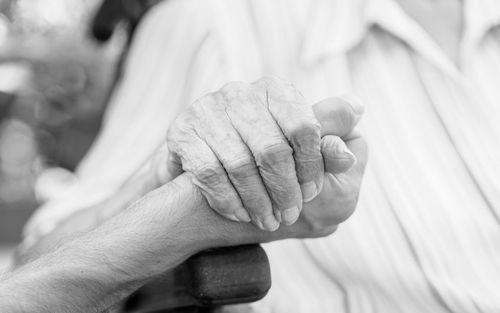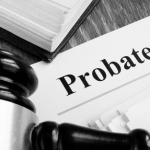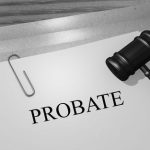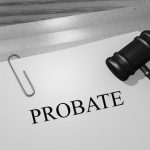Losing a family member, friend, or loved one is such a hard thing to go through. On top of the emotional toll, there is so much stress introduced in figuring out which property and debt the recently passed (“Deceased”) left behind as well as what to do with the deceased’s estate. Hopefully, this article can help you take the first steps towards managing the deceased’s estate.
Step 1: Call Us
Getting an attorney involved at the very beginning will pay volumes down the road. By speaking with us right away we can steer your fact-finding mission into a productive use of your time. We can advise you on what documents or evidence you will need to find, which will narrow your search.
Step 2: Find Out What The Deceased Had For An Estate Plan And Who Else Is Involved
Whether, and to what extent, the deceased had an estate plan will determine how the deceased’s property will be distributed. For example, if the deceased had a last will and testament or no estate plan at all, you may need to enter into probate proceedings to transition the deceased’s assets to his/her heirs as well as cover the deceased’s debts. (For more on probates, please review our recent article concerning beginning the probate process.
If, however, the deceased had a trust or non-probate assets, it may be that very little will need to be done to transition the deceased’s property to his or her heirs, and the process will take much less time or effort by you. This should be verified by your attorney.
You should also start a list of all the people and organizations involved with the deceased. This list, at a minimum, should include the deceased’s family members and employer. These people and organizations will need to be given proper notice of the probate matter. You will provide this list to your attorney, and he/she will ensure everyone receives proper notice.
Step 3: Find Out What The Deceased Owned
With the help of the deceased’s family, find out which property the deceased owned. The two types of property are: 1) real property (land, houses, etc.); and 2) personal property (cars, furniture, jewelry, stocks, etc.). Create a running list of the property and its location, while ensuring it will be safe from damage or theft. You will be updating this list early and often, but that is okay. Remember that managing a person’s estate is a long process. Take small steps to get through this, and lean on your attorney whenever necessary.
In addition to creating an inventory, try to find out how some of the property was owned. If you can locate the deceased’s deed, abstract, or tax statement, then your attorney will be able to tell you how the property was owned and the next necessary steps.
Finally, try to uncover if the deceased had retirement, investment, or bank accounts, and where these accounts are located. Doing so will save you a lot of time down the road.
Step 4: Find Out What The Deceased Owed
Repeat Step 3, except for debts instead of assets. Create a running list of the debts and the identity of the creditors. Like the property inventory above, this will be an ever-growing list, but you have to start somewhere. Start with obvious debts such as utilities, mortgage, car loan, nursing care, and medical bills. You will provide this list to your attorney, and he/she will take care of the next steps.
What To Do Now
Go back to Step 1. Give us a call. This article contains general tips to help get the process going. Your situation may involve different steps than as described above. Give us a call or set up an appointment, and we can guide you to what you should be doing to navigate through this process. Starting is the most important step. Call our Estate Planning Team at 701-297-2890. We’re here to help.
This information contained in this article and on this website is for informational purposes only and not for the purpose of providing legal advice.










